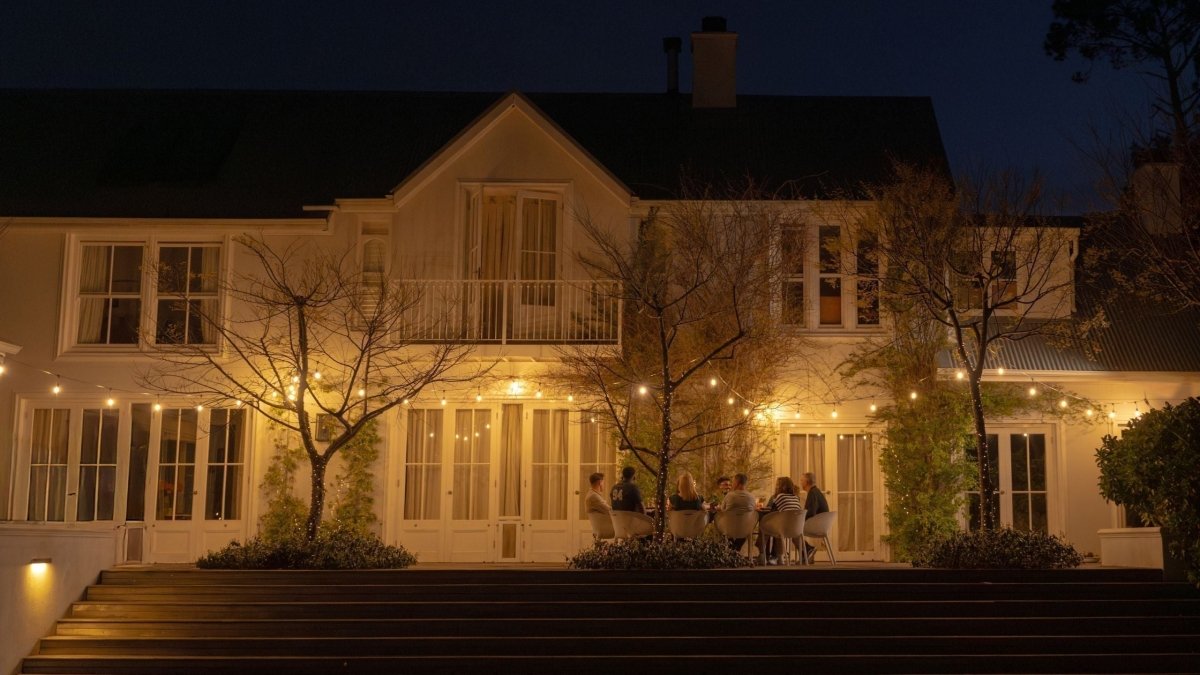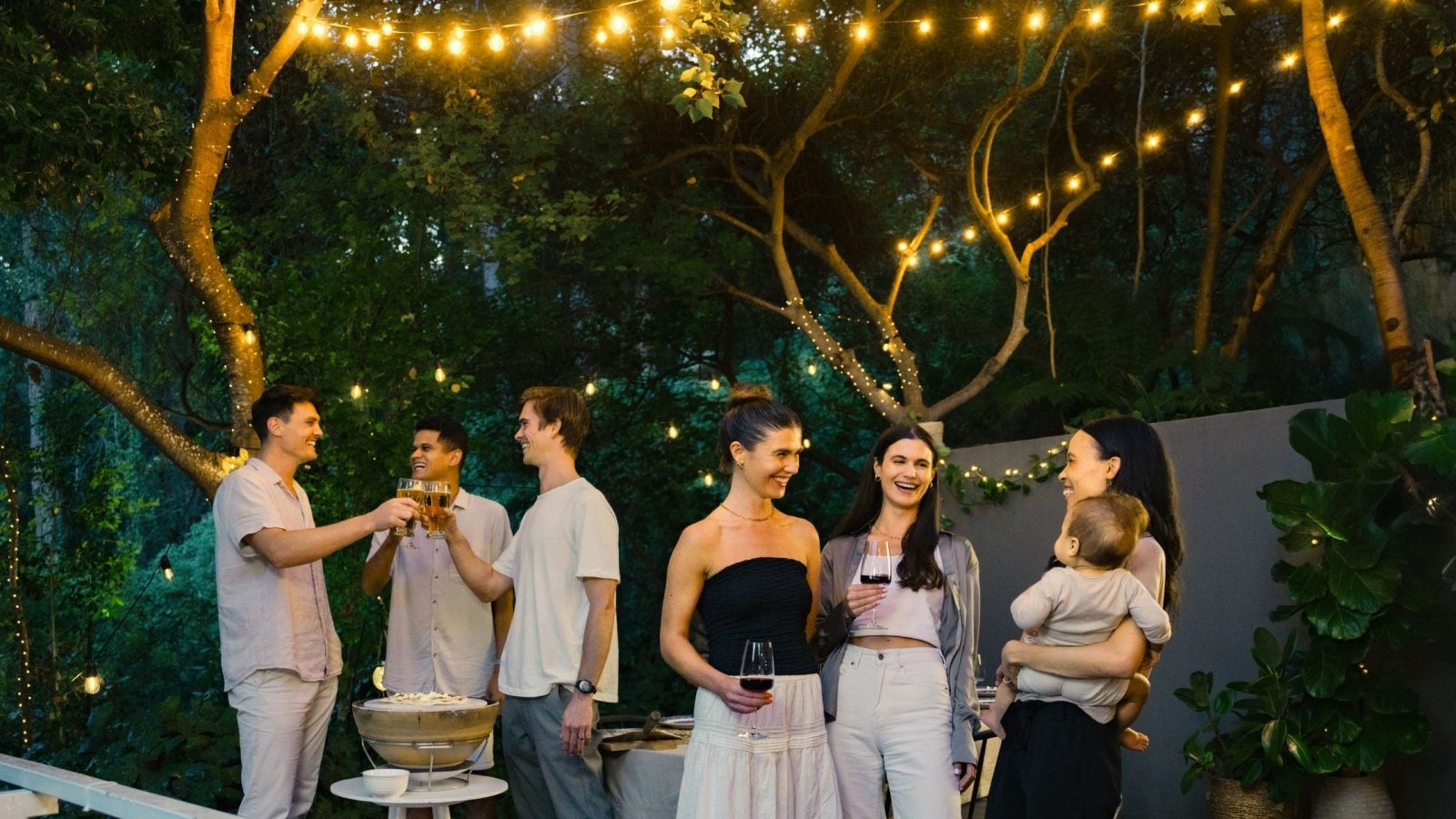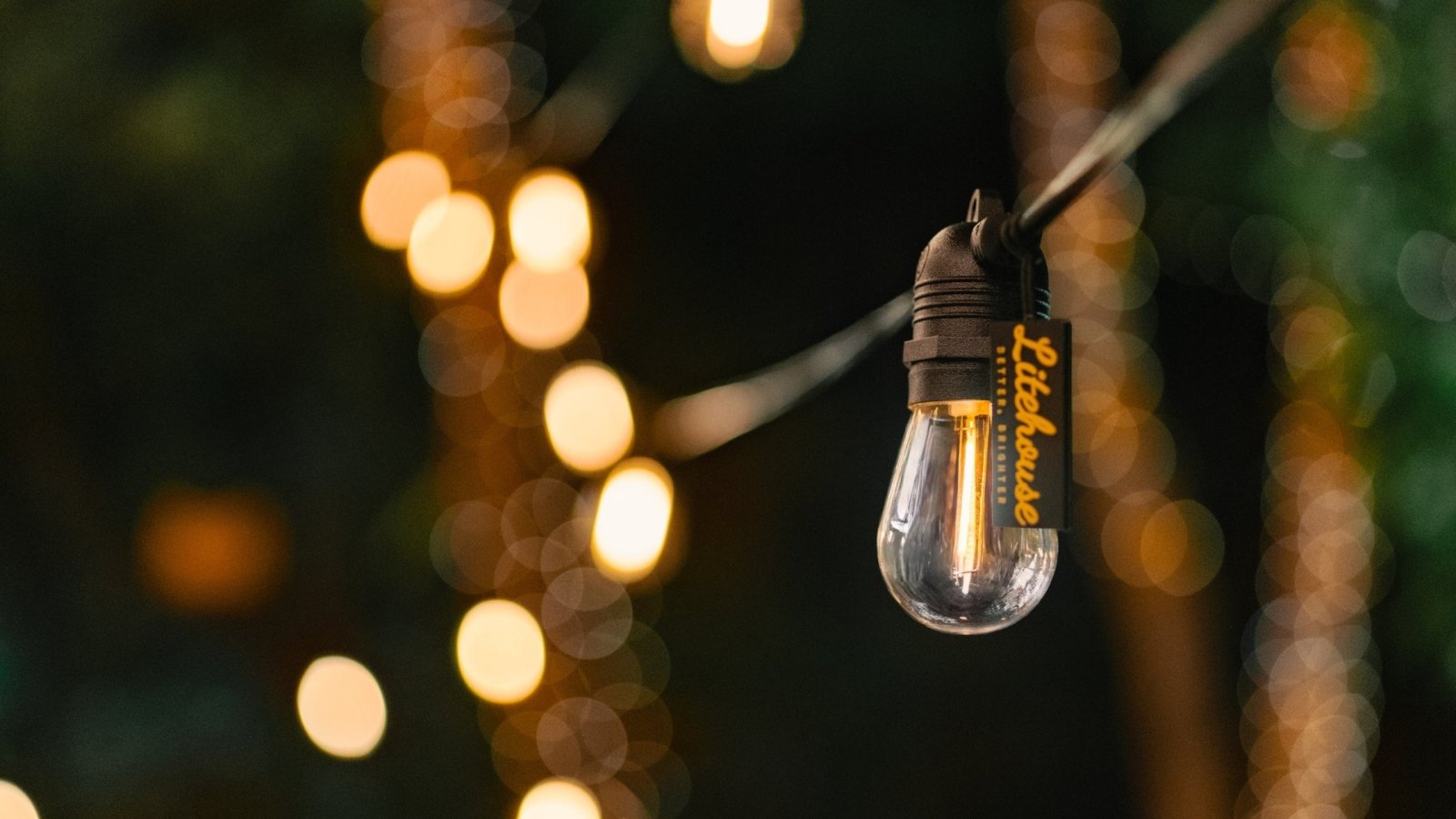Solar-powered lights provide a variety of features to outdoor landscaping, allowing you to be more creative with your garden design. Not only are they environmentally friendly, but they also save you electricity which is always a welcomed upside!
If properly cared for, outdoor solar landscape lights can survive many years of continuous use. Selecting a high-quality brand is crucial, but caring for your lights properly is equally as important in order to get the best use out of them. In this article, we'll show you how to extend the lifespan and performance of your solar-powered lights with a few simple tips and tricks.
How They Work
Solar lights are powered by solar panels and one or more rechargeable batteries. The solar panels generate electricity from sunshine and charge the batteries during the day thanks to the phenomenon known as the PV effect (Photovoltaic effect). The energy saved in the batteries during the day powers the LED light when it gets dark.
Charge Your Solar Lights Well Before Your First Use
You may be eager to install your lights as soon as you get them, however, it's best not to put them to use right away. When you first receive your solar lights, take them out of the packaging, remove any plastic tabs, turn the switch to ON, and charge them in a sunny location. Turn your solar lights to the OFF position when the sun goes down so they don't shine the first night. Repeat this process the next day, and then leave your solar lights on for that coming night.
After the initial charging period, leave the switch in the ON position as the sensor will automatically turn it on and off during the night and day. It is possible to use the lights right out of the box or after charging for only a few hours, however, if you follow the recommended method you'll find that your lights will last a lot longer (at least 8 hours in the dark, virtually from dusk to dawn).
Positioning Your Solar Lights / Panels
You should place your solar lights in an outdoor space with 6-8 hours of direct sunshine per day to fully charge the panels. Keep an eye out for any trees, walls, or roofs that could block the sun and reduce the solar panels' output during the day.
Avoid Placing Your Solar Lights Under Street Lights
Solar lights have a fitted sensor that detects the light levels around it and automatically turns it on and off. The light is activated at night when light levels are below a preset value in the sensor's memory. Similarly, when the sensor detects more light at dawn, it will automatically switch off the solar light.
If placed too close to another light source, the solar light sensor will react to both ambient and artificial light at the same time. When compared to solar landscape lights, the high-powered porch or street light will reduce the sensitivity of the solar light sensor and may potentially disable the solar light's automatic activation function.
Clean Your Solar Light Panels
It is important to keep the solar panels of your lights as clean as possible, free of any dirt and debris. A dirty solar panel will not allow the battery to fully charge, consequently reducing its lifespan and potentially causing it to malfunction. Use a towel and warm soapy water to clean the panel on a regular basis (dishwashing liquid soap works well).
Replacing Your Batteries
Almost all garden and outdoor solar lights use low capacity rechargeable batteries. In order to preserve your lights and get the most use out of them, you should replace the battery every two years on average. If you live somewhere with a long winter or extreme weather, it's a good idea to replace the batteries once a year.
How To Store Your Lights
Solar garden lights may be left outside all year round, especially in South Africa's climate. If you want to keep your lights stored indoors for more than three days, however, take the following precautions to protect the rechargeable batteries:
- Keep the lights at room temperature and in a dry environment.
- Keep them some place where they can get a little natural or artificial light every day. During storage, the battery requires light to keep its charge. If the lights were not exposed to light during storage and you'd like to use them, you will need to repeat the setting up process first.
-
If you are storing the lights for a prolonged period, it's a good idea to remove the batteries and replace them when ready for use again.For best performance, do not store for prolonged periods of time.
Solar Lights Products Showcase:

Subscribe to our newsletter if you haven't already to receive handy tips and tricks like this occasionally. Fill in your details at the bottom of this page and click "submit", then scroll up and follow the prompts.














Leave a comment
All comments are moderated before being published.
This site is protected by hCaptcha and the hCaptcha Privacy Policy and Terms of Service apply.